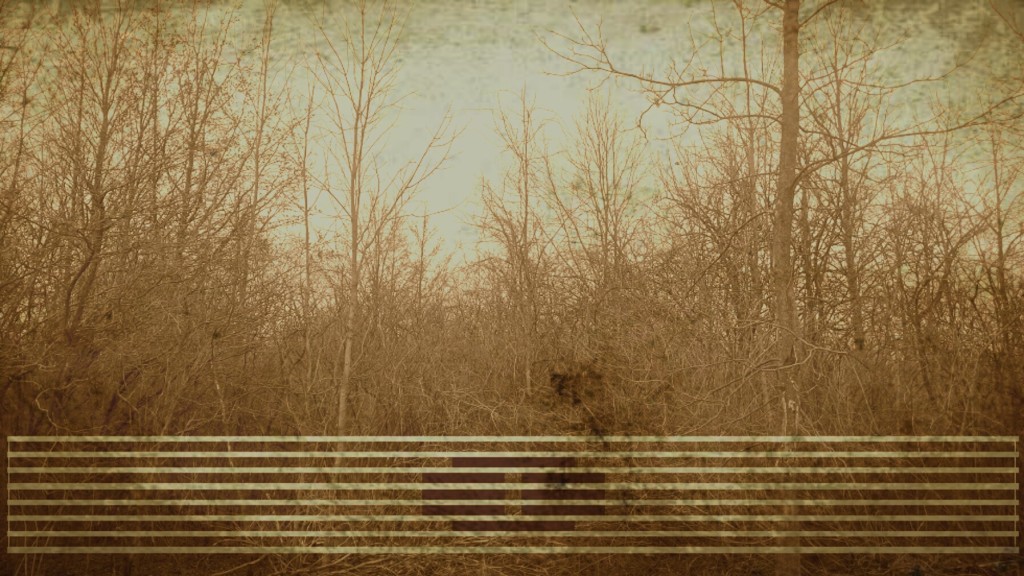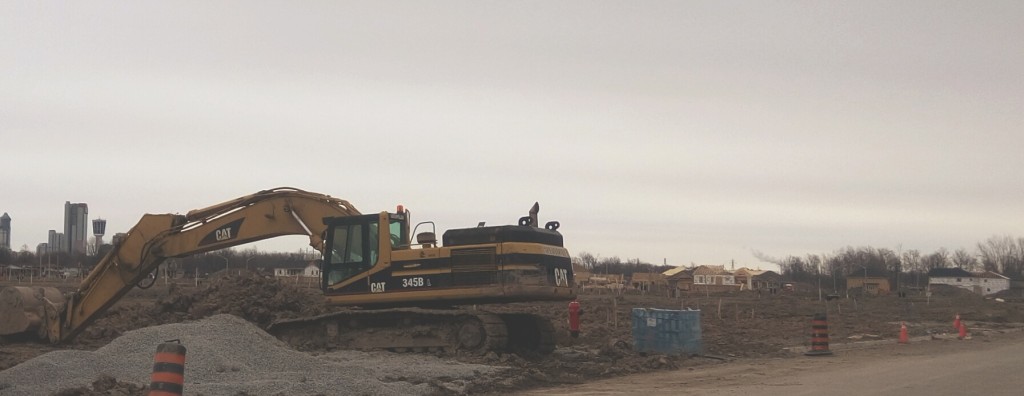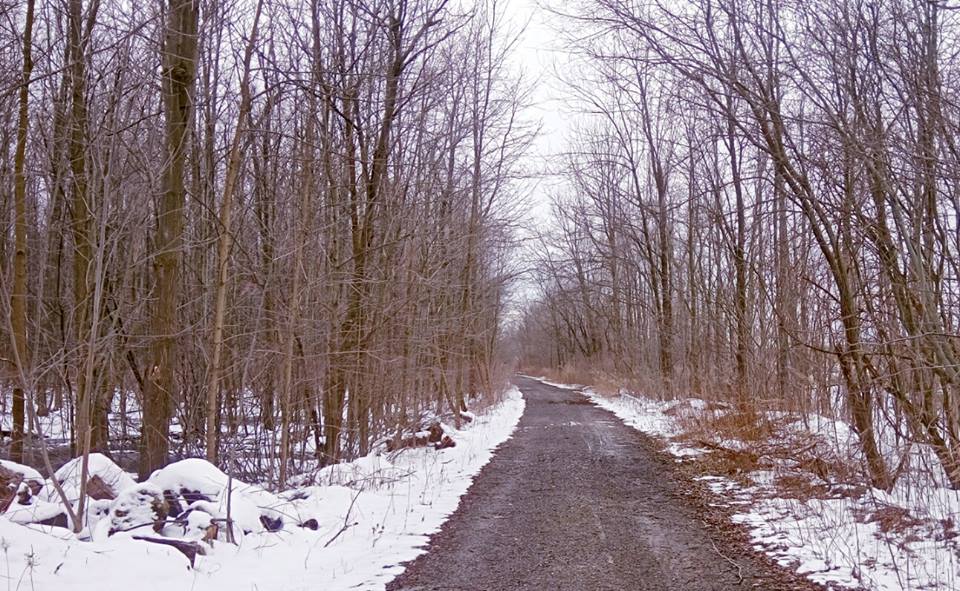 Biodiversity offsetting” is a cunning effort to carve from Niagara its most valuable assets for upfront funds and other far away financial benefits that can’t replenish what they are being exchanged for. The laws as they stand right now prevent this from happening, but there is a well coordinated effort underway to model a dangerous alternative to the laws that currently work to protect our water. This is a pilot project that shouldn’t get off the ground.
Biodiversity offsetting” is a cunning effort to carve from Niagara its most valuable assets for upfront funds and other far away financial benefits that can’t replenish what they are being exchanged for. The laws as they stand right now prevent this from happening, but there is a well coordinated effort underway to model a dangerous alternative to the laws that currently work to protect our water. This is a pilot project that shouldn’t get off the ground.
The as of yet untested experiment consists of swapping thirteen of several hundred acres of currently protected wetlands for at least a 3 to 1 ratio of offset wetlands at a location that is more appealing to the developer.
There is strong advocacy from the Niagara Peninsula Conservation Authority directed by its board that is made up almost completely of Niagara Regional Councilors. Niagara Falls mayor Jim Diodati is also championing the idea. Diodati visited China with Kathleen Wynne and returned with a 110 million investment into a parcel of land that lay host to hundreds of acres of old growth forests, rare species, a gum tree that predates European contact, and other important markers of provincially significant wetland.
Advocates of the plan have referenced concern that the developer could simply surround the protected areas and risk the health of the wetlands. There was reference to wetlands that were drained and forests that were decimated practically overnight already in Niagara Falls and that this was a more honourable approach to respect environmental concerns. A net increase, proponents of biodiversity offsetting claim, is for the greater good of Niagara’s watershed.
The problem is that there is no history, facts,or hard science to back up any of the ambitious claims. As the lines between elected trustee, developer, and conservation authority have become very blurry there isn’t anyplace to turn for hard data or trustworthy information. Even if everything the agents working so well together have claimed to be true is true then why is this pilot project on the fast track to get underway so urgently? There has not been one voice from proponents of biodiversity offsetting who has made stewardship for the priceless benefit of abundant water central to their advocacy for this project.
 Those us of who inhabit the areas by the great lakes – that make up almost a fifth of the worlds available surface freshwater supply – would be wise to think of ourselves as trustees to the future generations. It is worthwhile to take time to appreciate what has been left by us from our predecessors. It would also be prudent to consider the interests of our children’s children and beyond. The price of things has changed dramatically over the past few hundred years but the constant has been the value of water.
Those us of who inhabit the areas by the great lakes – that make up almost a fifth of the worlds available surface freshwater supply – would be wise to think of ourselves as trustees to the future generations. It is worthwhile to take time to appreciate what has been left by us from our predecessors. It would also be prudent to consider the interests of our children’s children and beyond. The price of things has changed dramatically over the past few hundred years but the constant has been the value of water.
Spanning back for hundreds of generations, even up to the point where Sir Adam Beck advocated for the Niagara Falls hydroelectric generation station to be a public benefit utility, the importance of the powerful natural benefits of this area have been respected. It had taken foresight to create vast park lands that span the waters edge in Niagara. Local Great Lakes had their death rights read aloud by media from both the United States and Canada near the middle of the century previous yet there is ongoing multi-decade long work to revive the incalculably valuable lakes.
Preceding these modern efforts was the Dish with One Spoon treaty that held the lands resources in common. This multinational First Nations agreement acknowledged the great wealth of the forests, waterways and life forms once abundant from the water rich gateway of Niagara and beyond. It was a binding pact among the Haudenosaunee and other First Nations that respected that these gifts were to be shared fairly, moderated, cared for, and replenished. The dish, symbolic of all of the lands, was to be kept clean for all. A spoon, not a knife or a fork with its sharp edges, was selected as the tool to be used to draw from the dish most carefully. By treading lightly it was easy to take careful steps and follow these rules.
 Even if this project results someday in a net increase in wetlands it is too dangerous a precedent to set to carve up watersheds that provide a common benefit. There is not a shortage of brown fields, abandoned lots, undervalued neighbourhoods or rusted factories but there is a finite amount of ever decreasing natural spaces. This is where the elected trustees and the developers need to look for opportunity, not at the scarce resources that we are borrowing from those who have yet to be born.
Even if this project results someday in a net increase in wetlands it is too dangerous a precedent to set to carve up watersheds that provide a common benefit. There is not a shortage of brown fields, abandoned lots, undervalued neighbourhoods or rusted factories but there is a finite amount of ever decreasing natural spaces. This is where the elected trustees and the developers need to look for opportunity, not at the scarce resources that we are borrowing from those who have yet to be born.
It is time to keep the knives from carving up Niagara and to oppose this biodiversity offsetting scheme. It is important to look at how to help people live more happy and full lives but we must keep being mindful of the ones who will follow in our footsteps. We have to maintain the value of our shared resources and making fast deals isn’t a good long term investment for any one.
We know what will be destroyed if this goes ahead, it is doubtful that a viable and beneficial wetland could be created somewhere else. If the “Somewhere else” was a good location, it would already be a wetland!